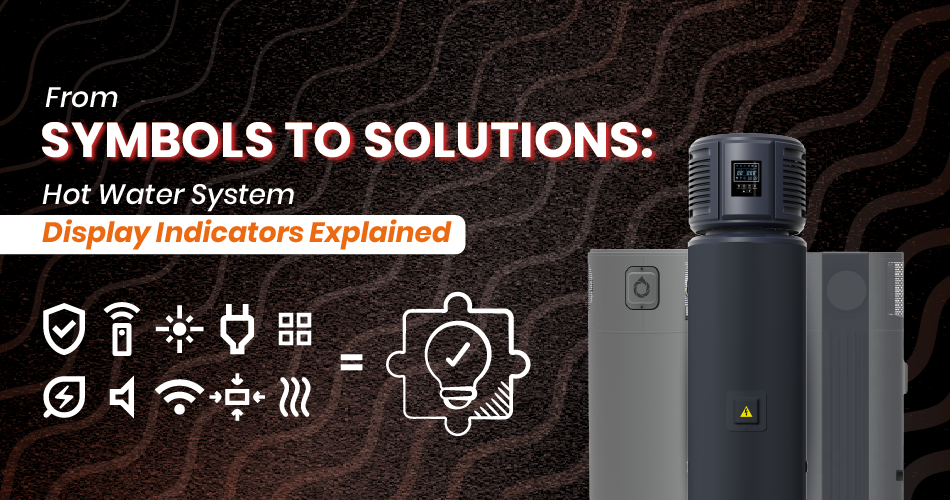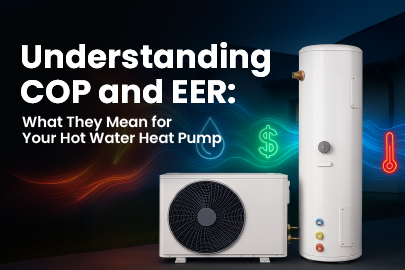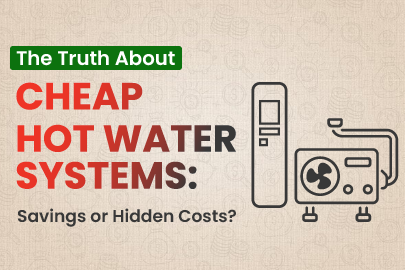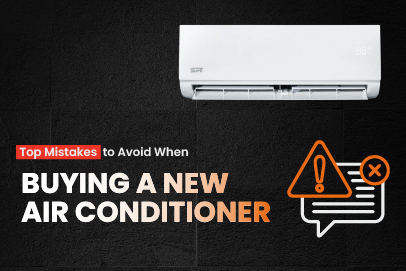Hot water heat pumps are an integral part of our daily lives, ensuring comfort and convenience. However, troubleshooting hot water heat pump become a daunting task if you don't understand its display indicators.
Modern systems, especially heat pumps, come equipped with advanced digital screens, LED lights, and symbols designed to provide real-time feedback on performance and potential issues.
In this blog, we will explore the common heat pump display indicators, their meanings, and how to address common problems effectively.
Understanding Hot Water Heat Pump System Display Indicators
Display indicators on hot water heat pumps serve as the system's language, translating its operational status into understandable symbols or codes. From temperature adjustments to error notifications, these indicators are critical for maintaining optimal performance.
How Display Indicators Help Homeowners
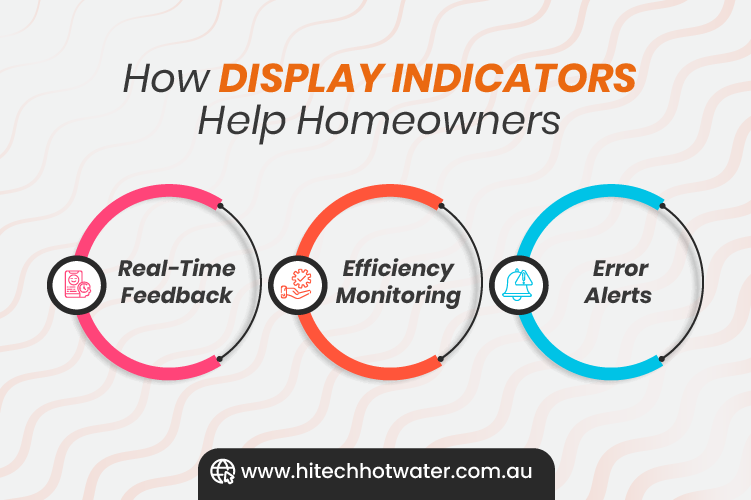
- Real-Time Feedback: Indicators provide instant updates about your system's status, such as water temperature, pressure, and operational modes.
- Efficiency Monitoring: Some heat pump systems display energy usage, helping homeowners track efficiency.
- Error Alerts: Display indicators notify users of issues like overheating, water pressure drops, or electrical faults, allowing timely intervention.
For heat pump systems, understanding these display symbols and codes can save time, prevent costly repairs, and ensure the system operates at its peak.
Common Symbols on Heat Pump Hot Water Systems
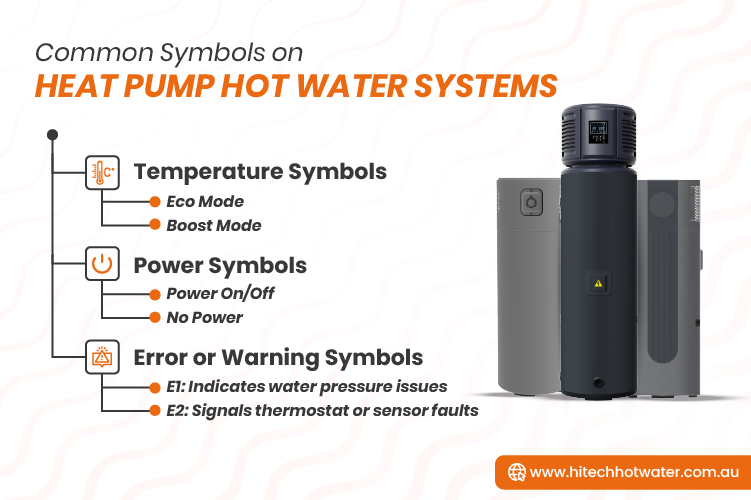
Temperature Symbols
A thermometer icon typically represents the current water temperature. Adjusting this setting can impact energy consumption:
- Eco Mode: Often represented by a leaf or snowflake symbol, this mode maintains lower temperatures for energy efficiency.
- Boost Mode: Indicated by an upward arrow or flame symbol, this setting heats water quickly for high-demand periods.
Power Symbols
- Power On/Off: Usually depicted as a circle with a line through it, this indicates whether the system is running or in standby mode.
- No Power: If this symbol flashes or doesn't light up, it may indicate a power supply issue or tripped circuit breaker.
Error or Warning Symbols
- E1, E2 Codes: These are commonly displayed error codes in heat pump systems. For example:
- E1: Indicates water pressure issues.
- E2: Signals thermostat or sensor faults.
- Flashing Lights: A blinking light often represents minor faults or reminders for routine checks.
Maintenance Indicators
- Symbols resembling tools or wrenches highlight the need for routine maintenance like descaling or filter replacement.
- Ignoring these indicators can lead to system inefficiencies or breakdowns, shortening the lifespan of the heat pump system.
Interpreting the Most Common Heat Pump Hot Water System Errors
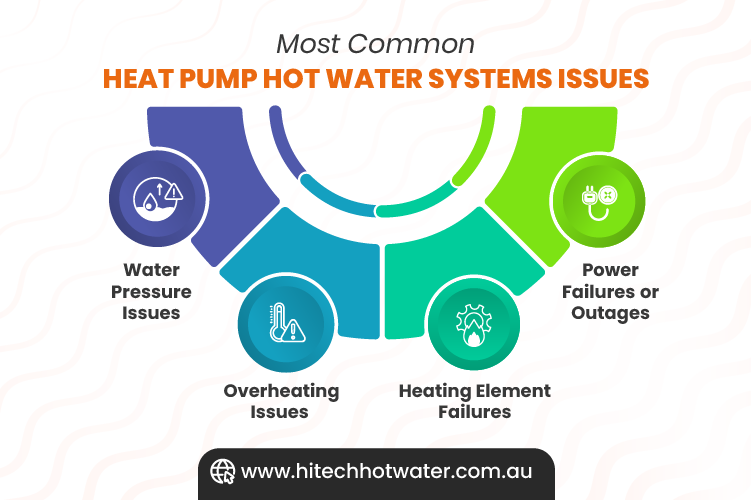
Water Pressure Issues
- Low Water Pressure Symbol: Represented by a droplet or a barometer icon, this symbol points to a possible leak or airlock in the system.
- Solution: Check for visible leaks, ensure the valves are open, and bleed the system to remove airlocks.
Overheating Issues
- Overheating Indicator: Often shown as a thermometer with an exclamation mark, this warns of excessive water temperature.
- Solution: Reduce the temperature setting and check for blocked vents or sensors. Persistent overheating may require professional inspection.
Heating Element Failures
- No Hot Water Symbol: Represented by a crossed-out flame or water droplet, this suggests a failure in the heating element.
- Solution: Test for power supply and inspect the thermostat. If unresolved, it may need professional replacement.
Power Failures or Outages
- No Power Symbol: Indicates that the system isn't receiving electricity.
- Solution: Check your home's circuit breaker, ensure the system is plugged in, and restart the unit. Persistent issues may point to an internal fault requiring expert attention.
Smart Features for Improved User Experience
Modern heat pump display indicators go beyond basic troubleshooting to offer features that enhance user convenience. Advanced systems often include smart touchscreens or mobile app integrations that allow homeowners to monitor real-time performance remotely.
These features provide detailed insights, such as energy consumption trends, operational modes, and fault diagnostics.
By leveraging this data, users can optimize their settings, schedule maintenance, and even adjust heating cycles to align with their lifestyle needs.
These smart capabilities not only improve user experience but also contribute to the overall efficiency and longevity of the system.
When to Call a Professional
While display indicators and heat pump display indicators provide valuable guidance, some issues demand professional expertise:
- Complex Electrical Faults: Persistent power outages or error codes like E2 (sensor faults) should only be handled by licensed technicians.
- Internal Leaks: If water leakage appears near the tank or pipes, it could indicate internal damage requiring immediate repair.
- Repeated Error Codes: Recurring issues, even after troubleshooting, suggest deeper problems within the system.
Attempting DIY repairs without proper knowledge can void warranties and cause further damage. When in doubt, always prefer a professional hot water heat pump service.

Conclusion
Modern hot water heat pumps are smarter and more efficient than ever, with display indicators playing a vital role in their functionality.
By understanding the meanings behind common heat pump display indicators, homeowners can identify issues, improve system performance, and ensure timely maintenance.
Whether it's a simple error code or a need for professional intervention, paying attention to these indicators is key to a long-lasting, efficient hot water system.
When considering an upgrade, explore the benefits of heat pump systems. They not only provide advanced features but also help reduce energy consumption.
Take advantage of available rebates such as the heat pump hot water rebate to make the transition to an energy-efficient hot water system more affordable. Stay informed, and let your hot water system work smarter, not harder, for your household.

